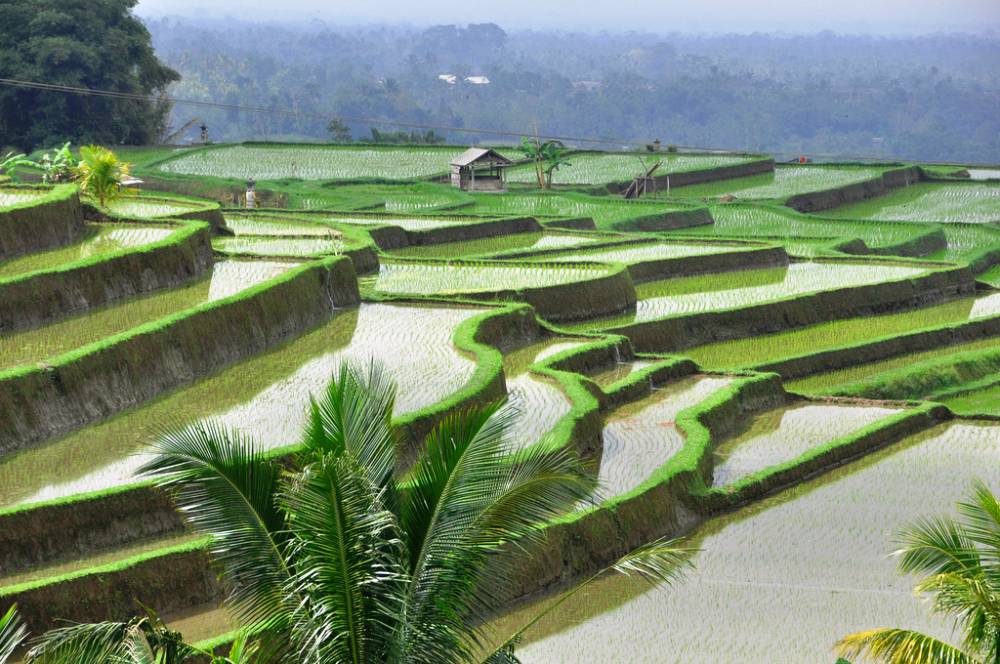 How do we help producers in developing countries achieve
better trading conditions? Through an organized
movement known as Fair Trade. What is
Fair Trade you may ask? The concept is
simpler than you think: fair. Products
that have the Fair Trade label ensure that the farmers and laborers who
cultivate and produce these goods are rightly compensated. Fair Trade aims to aid farmers in third world
countries to improve sustainability not just for them, but also for the
surrounding community.
How do we help producers in developing countries achieve
better trading conditions? Through an organized
movement known as Fair Trade. What is
Fair Trade you may ask? The concept is
simpler than you think: fair. Products
that have the Fair Trade label ensure that the farmers and laborers who
cultivate and produce these goods are rightly compensated. Fair Trade aims to aid farmers in third world
countries to improve sustainability not just for them, but also for the
surrounding community. Fair Trade hopes to ensure quality products, improving lives
of others, especially in developing countries, and ultimately protecting the
planet as a whole. By educating disadvantaged
communities about free markets and how to use them to their benefit, they hope
to make these communities sustainable.
By buying fair trade goods, you yourself can make an impact, improve
lives, and protect the environment. When
you buy fair trade goods, you are making a choice that ensures that farmers and
workers are getting a fair deal, funds are invested in community development,
and that the goods are overall good for the earth. Noteworthy Fairtrade goods include
handicrafts, sugar, tea, bananas, cocoa, honey, cotton, wine, other fresh
fruits, chocolate, and flowers.
Fair Trade hopes to ensure quality products, improving lives
of others, especially in developing countries, and ultimately protecting the
planet as a whole. By educating disadvantaged
communities about free markets and how to use them to their benefit, they hope
to make these communities sustainable.
By buying fair trade goods, you yourself can make an impact, improve
lives, and protect the environment. When
you buy fair trade goods, you are making a choice that ensures that farmers and
workers are getting a fair deal, funds are invested in community development,
and that the goods are overall good for the earth. Noteworthy Fairtrade goods include
handicrafts, sugar, tea, bananas, cocoa, honey, cotton, wine, other fresh
fruits, chocolate, and flowers.While Fairtrade seems to be a brilliant idea, there are many criticisms of the movement regarding ethics and limitations. One problem is that little money may actually reach the developing countries. The Fairtrade Foundation doesn’t monitor how much more retailers charge for fair trade goods, so it is very difficult to determine how much reaches the producers. Other criticisms include that less money reaches the farmers, there is a lack of evidence of Fairtrade having an impact, it has an inefficient marketing system, it actually causes corruption instead of controlling it, it harms other farmers, and imposes politics on developing countries. Even though these negative aspects exist, I think Fairtrade has the right aim and it is important to have a system like this in hopes to strengthen relationships with and development in these developing countries.
Check this site out!
http://www.fairtrade.net/
Photo Sources:
http://www.thewhyofdevelopment.com/wp-content/uploads/2013/02/Fair-Trade-Certified.jpg
http://www.j-sainsbury.co.uk/media/233682/fairtrade_coffee_farmer.jpg
http://www.haverford.edu/generated/organizations/fairtradeinitiative_logo.jpg







.jpg)

